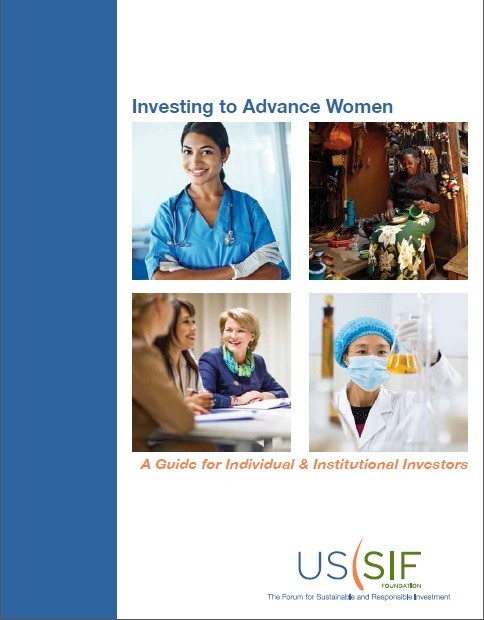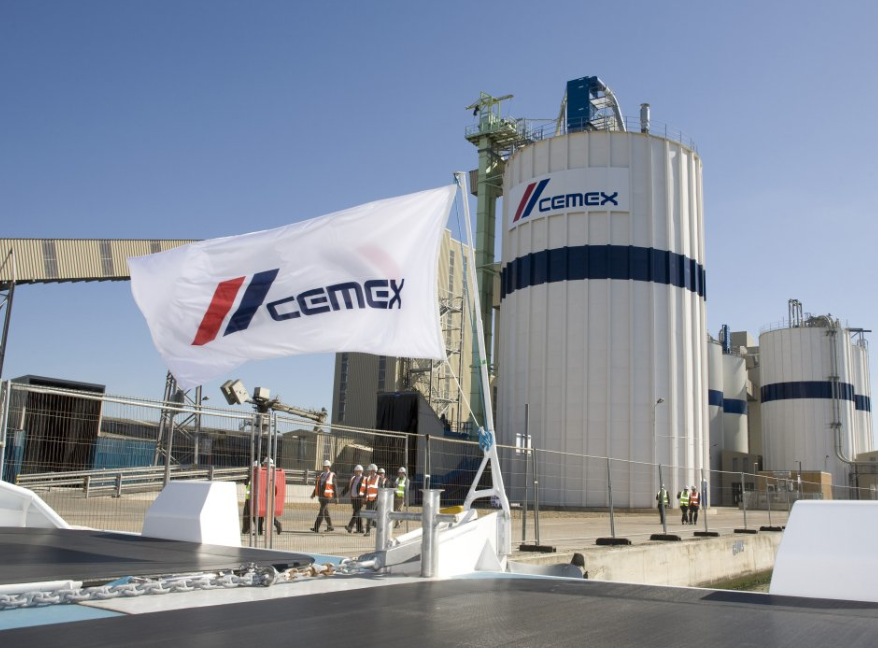Investment Guide Advanced Investors
Post on: 22 Июль, 2015 No Comment

Related
Mutual Fund Supermarkets
You have a large number of companies that sell their mutual funds free of commissions (known as no load) and charge reasonable management fees. You can choose to stick with one fund company like Vanguard. Fidelity Investments or T. Rowe Price. Each of these companies is large enough that you could build an entire mutual fund portfolio just with their funds. Vanguard is the cheapest in the index category I mentioned previously and they are the cheapest in mutual funds as well.
However, there are also tons of great no-load funds with reasonable costs that are not with these three companies. If you wish to build an even wider portfolio of mutual funds, you can use a mutual fund supermarket. Both Charles Schwab and Fidelity offer huge supermarkets where you can put your Roth money in one account with either of these and then invest in any of dozens of mutual fund companies without loads and at reasonable management fees.
One of the big knocks on using mutual funds to invest is that the tax treatment of them is rotten. That is not a factor in a Roth. However, the other knock is just as true as ever. Mutual funds have much higher management fees than index funds and almost always will make you less money over longer periods of time. That is why I believe so much in index funds rather than mutual funds. If you are doing investing outside of a Roth or IRA, you always want to do index funds rather than mutual funds because of the taxman.
I have been asked how many mutual funds make sense to own if you are actively going to build a portfolio, and the most common answer is 12. That way you can cover major investment categories and draw on the expertise of more than one manager. As an example, I would own two or three big company mutual funds to get different stock pickers’ strategies working for you. Never chase the part of the market that was last year’s hot part or last year’s hot fund. Build looking 10 years forward, not one or three years back.
ETFs
Exchange traded funds (ETFs) are the fastest-growing way to invest in Roths or regular accounts. If I were starting from scratch building a sophisticated portfolio, I would build using only ETFs. An ETF is like an index fund, but you buy and sell it like a stock. Usually it will have even lower management fees than an index fund. However, ETFs can be expensive to own if you buy and sell a lot because you have to pay a commission each time you do a transaction. That can easily wipe out the savings from the lower management costs.
However, now Fidelity, Charles Schwab, Vanguard, TD Ameritrade and Scottrade are offering a list of ETFs commission-free. There are enough choices with any of them to open a Roth or regular investment account and fully diversify with just commission-free ETFs.
Charles Schwab offers 15 stock ETFs that are available commission-free. The management fees are so low that they are almost zero. My favorite starting point is the Schwab U.S. Total Stock Mart ETF that charges only 0.04% per year. Remember that the typical mutual fund charges 1.50% per year or almost 40 times more expense than the ETF.
With Schwab’s 15 choices you can have a total stock market or big company ETF, a small company ETF, an international ETF and a Third World or emerging market ETF. Both the Schwab U.S. Total Stock Mart ETF and the Schwab U.S. Large Cap ETF are now believed to be the cheapest in the world, charging just 0.04% in annual expenses. What Schwab is missing is bond ETFs, but at some point I bet they will add those.
Fidelity gives a much wider choice of ETFs from the iShares family. The current offering has 16 U.S. stock funds, four international stock funds and five bond funds. You could easily build a great total portfolio from the Fidelity commission-free ETFs. The downside with Fidelity is higher expense ratios. Expect to pay as much as double the annual management expense as with Schwab. However, that’s still so low compared to the typical mutual fund that Fidelity remains a great choice.
Vanguard also has its own strong offerings in the world of ETFs. You can choose among 46 ETFs that you can buy and sell free of any commissions. One danger with the Vanguard offerings are that you could overthink your allocations. I believe that ETFs work best when you use wide market sectors. By offering 46, some of the Vanguard choices get very narrow. However, you have a variety of stock funds, bond funds, as well as a real estate investment trust (REIT) fund. If you want commodities as an inflation hedge for a small portion of your portfolio, that is available too. Vanguard’s Emerging Market ETF is the lowest cost one I know of in the market.
TD Ameritrade has more than 100 ETFs available, making their offerings by far the most varied of the commission-free players. They’ve partnered with iShares, Powershares, SPDR, Vanguard and others for their extensive catalog.
Finally, the latest entry into the market has been Scottrade. This discount brokerage firm offers a nice variety of commission-free ETFs — everything from ones that buy small companies, mid-sized companies or large companies; to one that buys the entire stock market; to ones that focus on certain commodities and industries. (You choose how wide or narrow you want to play it.) The annual management fee is so small (starting at 0.05%) that you almost need a microscope to see it!

One final thing to mention that’s key to remember: With most ETFs, you can’t set up an automatic withdrawal to make your contributions. You have to remember to manually make your contribution once a month or once each pay period.
A Peek Inside My Portfolio
Whether you go with Schwab, Fidelity or Vanguard, you’ve got to remember the importance of investing overseas. We in the United States account for only 25 percent of world capitalism, but most Americans invest almost solely here.
As I built my portfolio, I set it up to work as follows: Total stock market, small cap, international index, emerging market, high-yield tax exempt, long-term tax exempt, intermediate-term tax exempt and short-term tax exempt. Because of my age, I am 50 percent spread among stock choices and 50 percent bond choices. My stock funds are 40 percent domestic and 60 percent international.
People often ask me why I’m not at 75 percent international if 75 percent of capitalism is overseas? The reason is that larger U.S. companies get a huge share of their sales outside the U.S. so 40 percent domestic ultimately takes me to an effective 25 percent true domestic ownership.
Know this: My allocation is just right for my situation. You should adjust your allocation for your age and income. The younger you are, the more your portfolio should be stock based. Putting so much money overseas has currency risk. If the dollar rises like it has lately vs. the euro and the British pound, my international stock holdings get crushed. But that is just for now.
Remember to keep your long-term focus and invest steady as you go. On the bond side, I do tax-free options because of my tax bracket. If you are investing inside a retirement account or are not in a high-tax bracket, do traditional bonds — not tax-free bonds.














